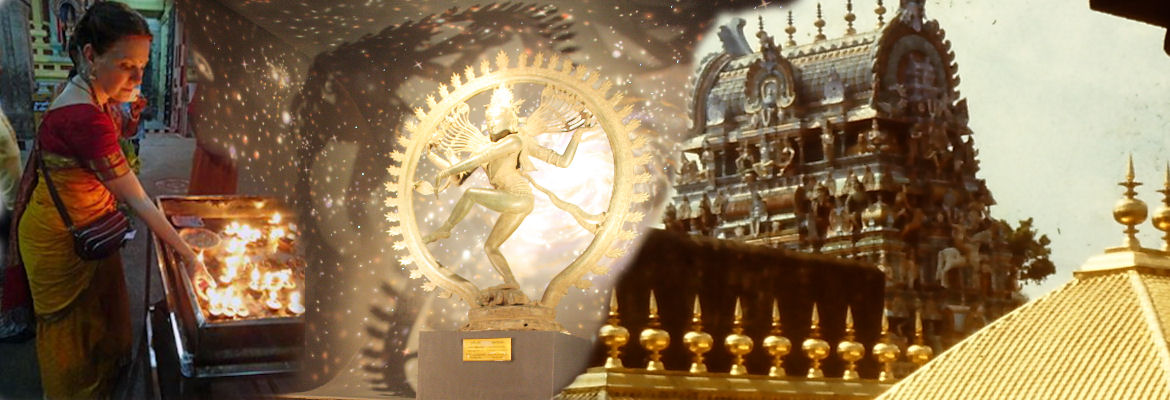
Discovered by Raja Deekshithar we now know the sphinx, a mythological being with the body of a lion and a head of a human being plays a significant role in Indian art and tradition.
According to the dictionary, a sphinx is a composite mythological being with the body of a lion and a human head. Sphinxes were a significant feature in all forms of ancient art in antiquity, and also through later periods, till today. They played a significant role in myth and ritual. In spite of this almost nothing is known about the beliefs connected to the sphinx, its meaning in symbolism, or its role in doctrine and ritual in Egypt, Mesopotamia, West Asia or Greece. Because these ancient civilizations have disappeared many centuries ago, and no texts or oral traditions relating to the sphinx have survived.
In India the composite being with a lion body and a human head is part of the living tradition. Its Sanskrit name is purushamriga or human-beast. It plays a role in temple ritual, in myths and legends, and in the worship of the devotees.
